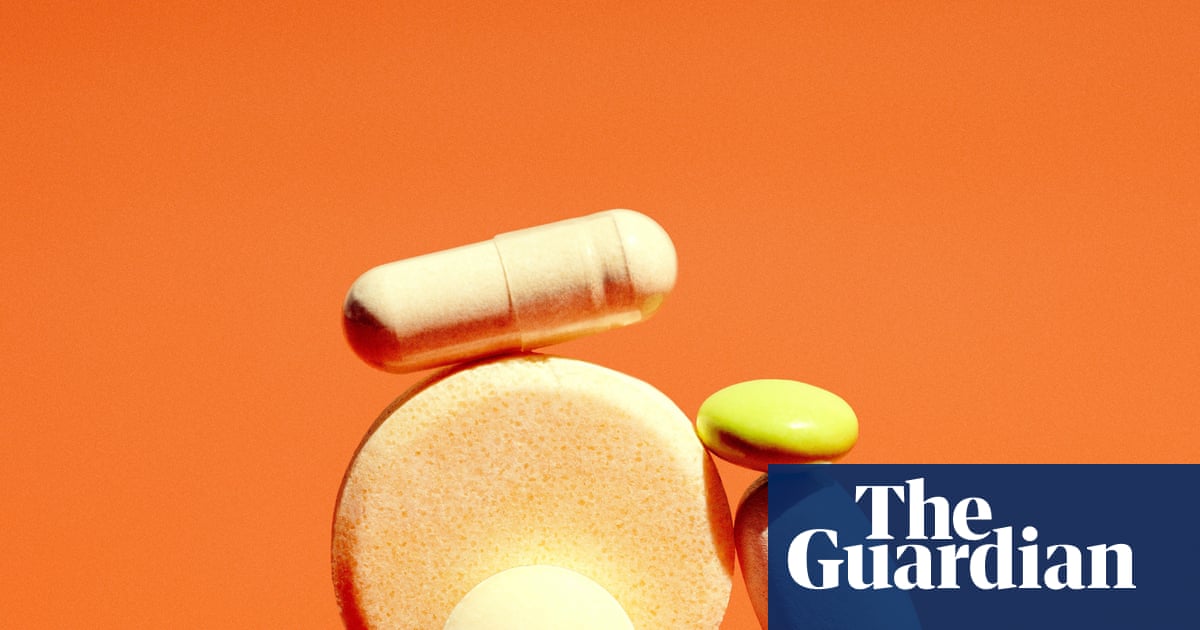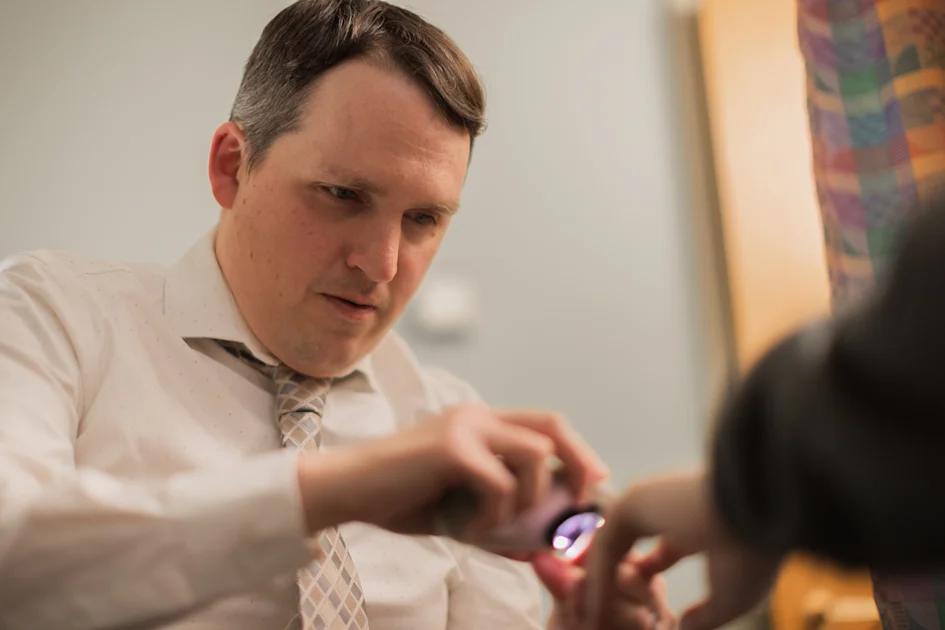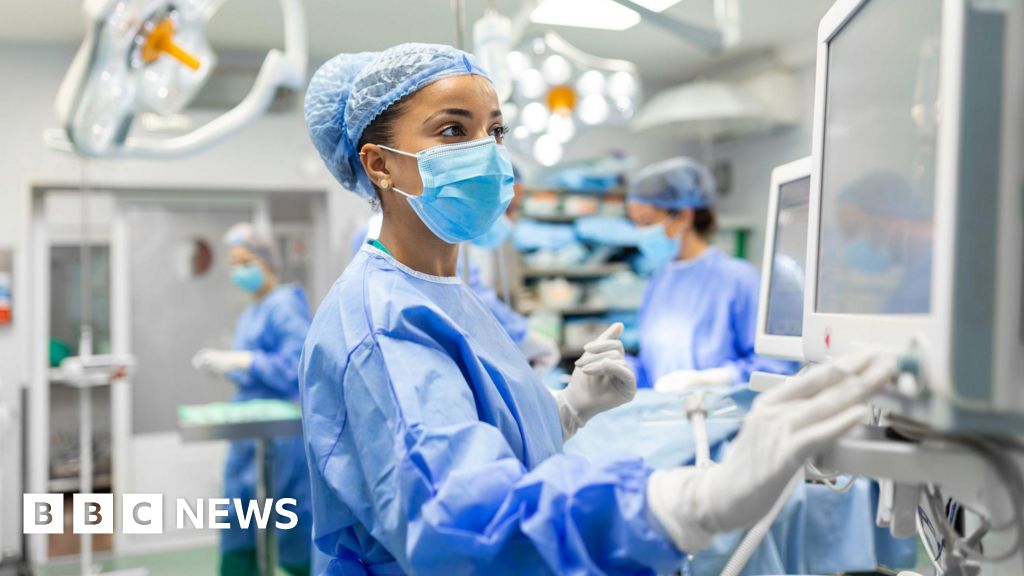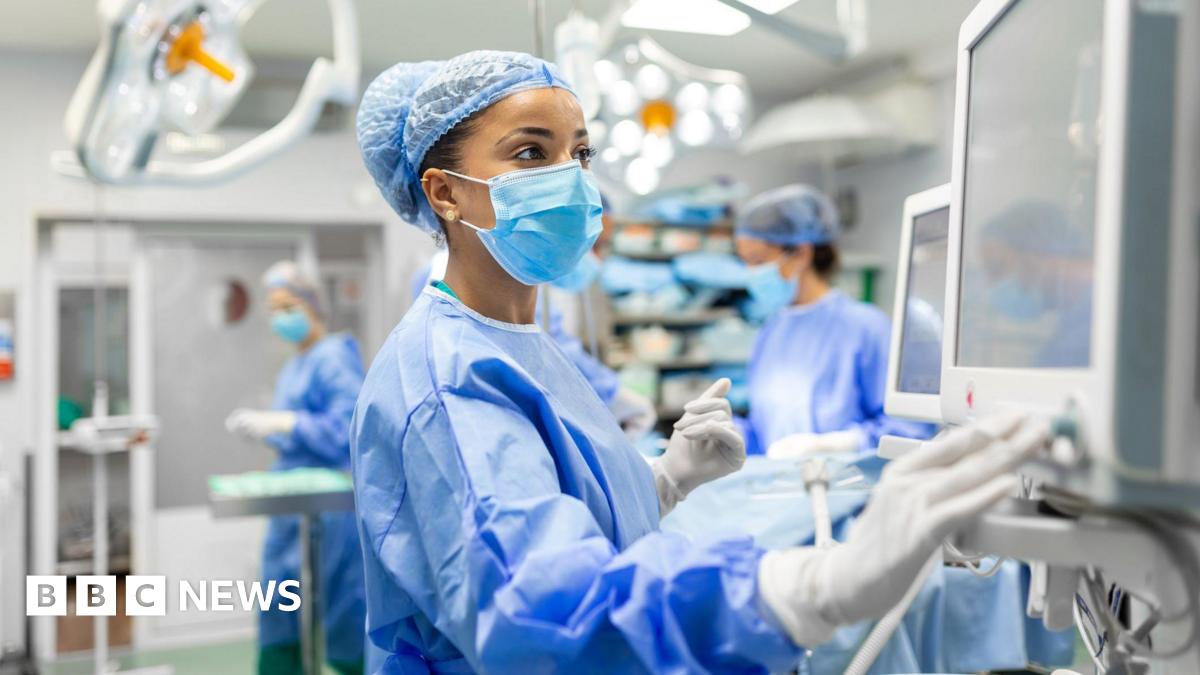Americans are now more likely to trust the American Medical Association than the Centers for Disease Control and Prevention when the two conflict on vaccine guidance.
The survey, created by APPC’s Annenberg Health and Risk…

Americans are now more likely to trust the American Medical Association than the Centers for Disease Control and Prevention when the two conflict on vaccine guidance.
The survey, created by APPC’s Annenberg Health and Risk…

A sharp increase in influenza and respiratory illness cases has…

There are more than 100,000 supplements on the US market – capsules, powders, tablets and gummies sold to improve or maintain health. Supplements can contain vitamins, minerals, botanicals and amino acids on their own or in various…

The researchers discovered that these T lymphocytes are expanded in mouse models of joint inflammation and that simply transferring these particular cells to healthy mice caused RA-like joint inflammation. The research team went on to identify…

Leer en español
1,129,000. That’s the estimated number of children’s lives saved by childhood vaccinations in the U.S. over the past three decades. But the full story isn’t just in what did happen; it’s in what didn’t. Measles…

Visitors to Hull Royal Infirmary are being asked to wear face masks to protect patients from winter illnesses.
Staff in clinical areas will be wearing masks after an increase in patients admitted with flu, diarrhoea and vomiting, and norovirus…

Visitors to Hull Royal Infirmary are being asked to wear face masks to protect patients from winter illnesses.
Staff in clinical areas will be wearing masks after an increase in patients admitted with flu, diarrhoea and vomiting, and norovirus…

Trigeminal herpes zoster is caused by infection of the trigeminal nerve by the varicella zoster virus,1 accounting for approximately 16.3% of herpes zoster cases.2 Neuralgia is among the most common and severe symptoms associated…

Ayidh M Almansour,1 Hadi M Almnsoor,2 Roaa ESSA Alharbe,3 Fahad A Alharbi,4 Sarah A Alsaleh,4 Dong H Kwon4
1Saudi Food and Drug Authority, Riyadh, Saudi Arabia; 2Najran Health Cluster, Najran, Saudi Arabia; 3Armed Forces Hospital,…